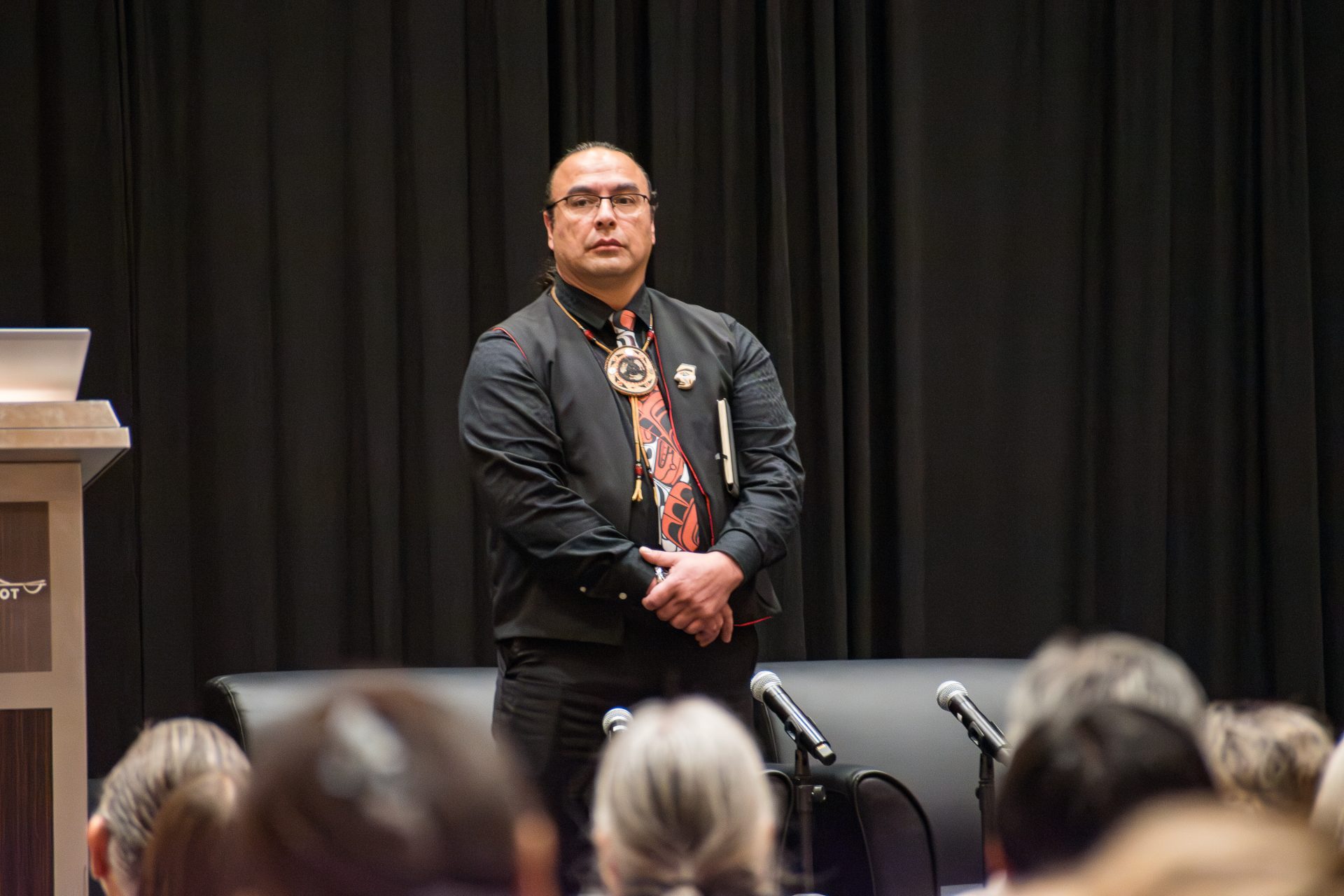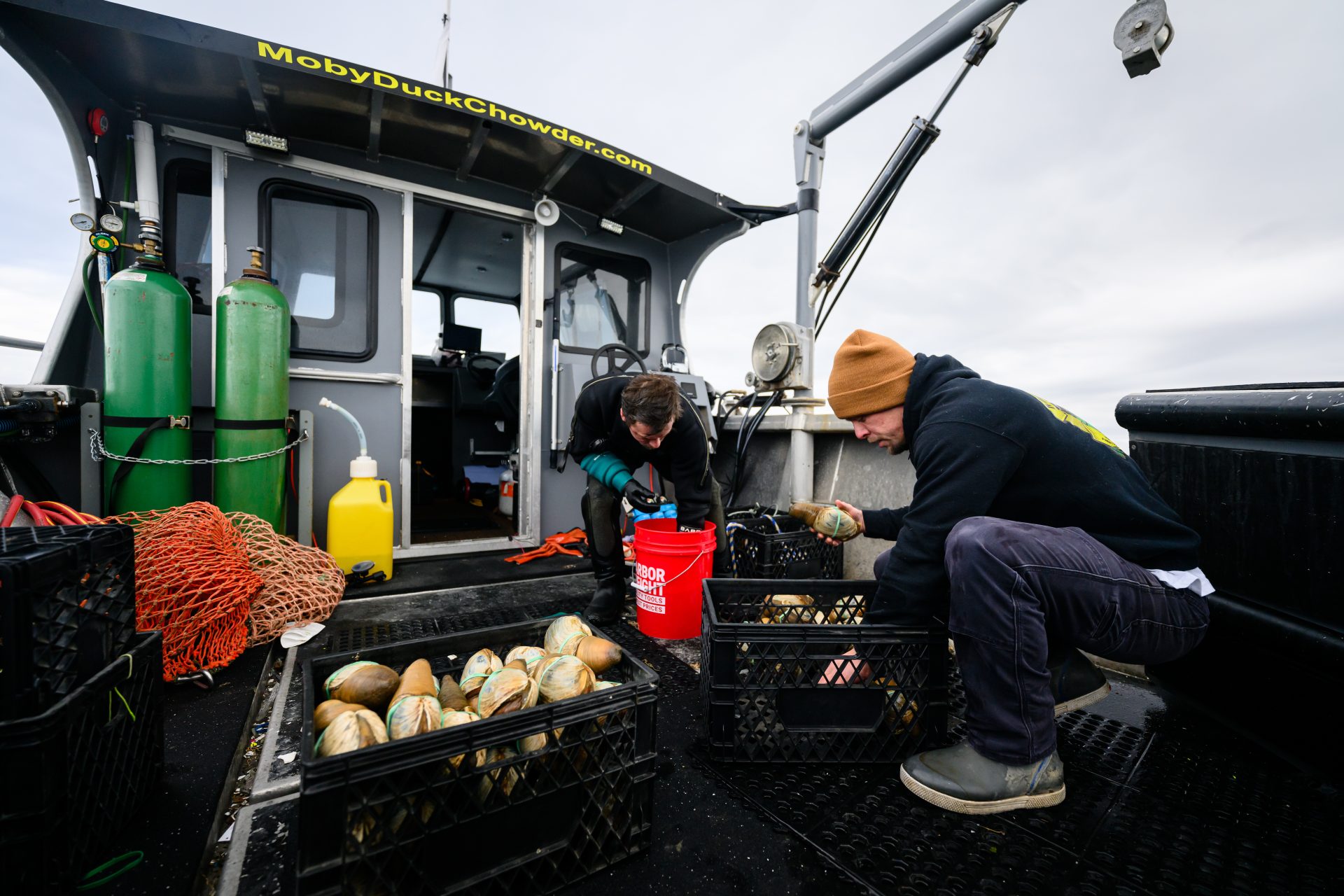Northwest treaty tribes want to know how much pollution juvenile chinook salmon are absorbing when leaving their natal streams and estuaries.
Tribes are concerned about possible development issues and other health impacts to juvenile fish that may be caused by exposure to toxic chemicals.
Several tribes have partnered with the state Department of Fish and Wildlife to collect out-migrating juvenile salmon near the mouths of 11 major Puget Sound rivers and the Ballard Locks. All tissue samples will be analyzed by federal, county and international labs for toxic chemicals, such as PCBs and flame retardants (PBDEs). Additionally, a subset of samples will be analyzed for chemicals such as illegal drugs, pharmaceuticals and personal care products that are discharged in wastewater and make their way into rivers and Puget Sound.
A state and federal pilot study in 2013 found that one-third of the juvenile chinook salmon sampled were exposed to contaminants of known concern at concentrations associated with adverse health effects, such as reduced growth and resistance to disease, as well as altered hormone and protein levels.
“Sampling from each major river delta and the Ballard Locks will allow us to assess contaminant exposure at multiple levels, including between major population groups such as the Juan de Fuca and Hood Canal (groups), and between river systems such as the Elwha and Dungeness rivers,” said Mariko Langness, biologist with Washington Department of Fish and Wildlife.
“While Dungeness Bay is removed from industrial discharges, we have concerns about stormwater, as well as pharmaceuticals and personal care products entering marine waters from nearby septic systems,” said Hansi Hals, the Jamestown S’Klallam Tribe’s environmental planning manager.
The Stillaguamish Tribe sampled juvenile chinook in nearshore and estuary habitats, two upriver sites and at smolt trap, said Jennifer Sevigny, a biologist with the tribe.
Stillaguamish also is working with U.S. Geological Survey and the state Department of Health to test adult chinook salmon for contaminants with the goal of creating a risk assessment and safe consumption rate for tribal members.
“We are specifically concerned about persistent bioaccumulative contaminants such as PBDEs, PCBs and chlordanes,” she said. “Exposure to these contaminants can affect long-term survival, reproduction success and the genetic health of future generations of salmon.”
Other tribes involved in the study include the Lummi Nation, Upper Skagit, Tulalip, Stillaguamish, Puyallup, Muckleshoot, Nisqually, Skokomish, Port Gamble S’Klallam and Lower Elwha Klallam tribes.





